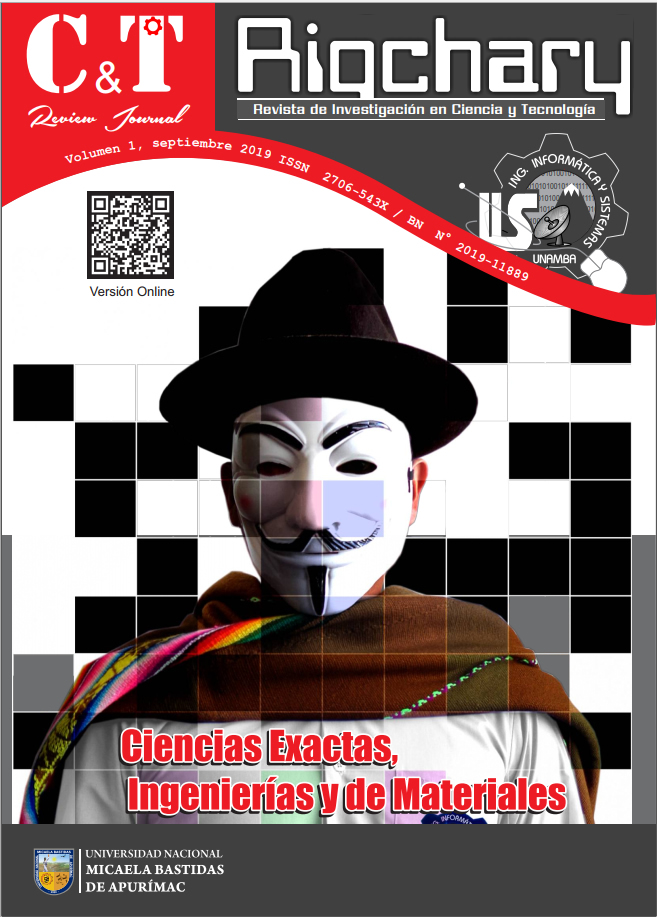Mobile application for the calculation of electricity consumption in digital meter devices
Main Article Content
Abstract
The purpose of this research was to develop a mobile application based on (Optical Character Recognition), to reduce errors in the readings of electric power meters that are presented monthly in Electro Sur Este company, which are harmful for customers, they are not satisfied with their invoices and have to make unnecessary expenses to correct the errors. The research was experimental with pre-test and post-test with a single group design. The methodology was applied based on an iterative and incremental agile process. The sample was of 295 meters of users of the Province of Grau, district of Chuquibambilla that workswith 01 feeder. The results of Mobile Application usability for the reading the digital meters machine show that it was possible to reduce from 9 errors to 0 errors, and the time of reading and processing of data also decreased; the number of anomalous readings was also reduced, and finally the number of users's complaints reduced from 18 to 9 related to excessive consumption. Finally, the conclusion is that Mobile Application based on Optical Character Recognition is a tool for the reduction of errors of readings of digital electric meters.
Article Details

This work is licensed under a Creative Commons Attribution-NonCommercial-NoDerivatives 4.0 International License.
When an author creates an article and publishes it in a journal, the copyright passes to the journal as part of the publishing agreement. Therefore, the journal becomes the owner of the rights to reproduce, distribute and sell the article. The author retains some rights, such as the right to be recognized as the creator of the article and the right to use the article for his or her own scholarly or research purposes, unless otherwise agreed in the publication agreement.
How to Cite
References
M. Laine and O. S. Nevalainen, “A standalone OCR system for mobile cameraphones,” in Personal, Indoor and Mobile Radio Communications, 2006 IEEE 17th International Symposium on, 2006, pp. 1–5.
F. Cuevas, “Reconocimiento de caracteres con redes neuronales,” Rev. Investig. y Tecnol., p. 30, 2012.
S. Fernández, C. Javier, and V. Sandonís Consuegra, “Reconocimiento Óptico de Caracteres (OCR),” Univ. Carlo, vol. 3, no. 7, p. 2008, 2008.
R. Santiago, S. Trabaldo, M. Kamijo, and Á. Fernández, Mobile Learning: Nuevas realidades en el aula. Editorial Océano, 2015.
E. E. Barragán Del Pozo, “Diseño e Implementación de un Sistema de Control Vehicular Utilizando Reconocimiento Optico de Caracteres en el Laboratorio de Automatización Industrial de la EIS.,” 2012.
L. Z. Chang and S. Z. ZhiYing, “Robust pre-processing techniques for OCR applications on mobile devices,” in Proceedings of the 6th International Conference on Mobile Technology, Application & Systems, 2009, p. 60.
C. C. Valero, M. R. Redondo, and A. S. Palacín, “Tendencias actuales en el uso de dispositivos móviles en educación,” La Educ. Digit. Mag., vol. 147, pp. 1–21, 2012.





